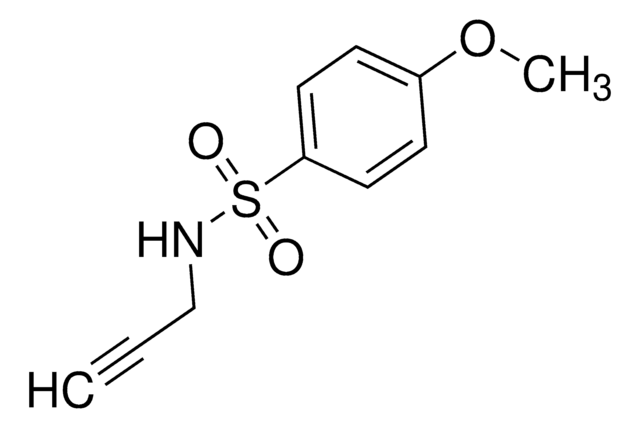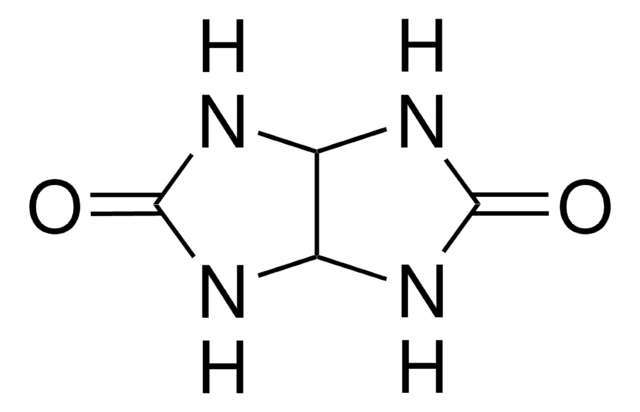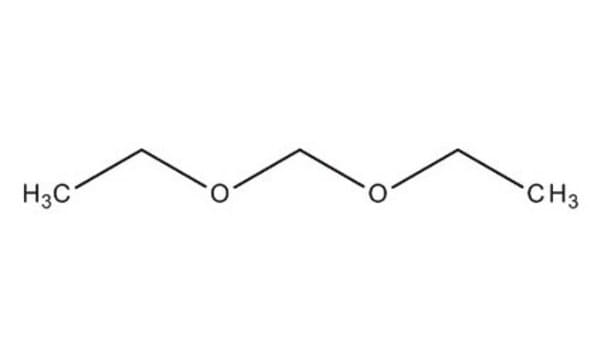D134651
Dimethoxymethane
ReagentPlus®, 99%
Synonyme(s) :
Formaldehyde dimethyl acetal, Methylal
About This Item
Produits recommandés
Densité de vapeur
2.6 (vs air)
Niveau de qualité
Pression de vapeur
6.38 psi ( 20 °C)
Gamme de produits
ReagentPlus®
Pureté
99%
Forme
liquid
Température d'inflammation spontanée
459 °F
Limite d'explosivité
17.6 %
Indice de réfraction
n20/D 1.354 (lit.)
Point d'ébullition
41-42 °C (lit.)
Pf
−105 °C (lit.)
Densité
0.86 g/mL at 25 °C (lit.)
Chaîne SMILES
COCOC
InChI
1S/C3H8O2/c1-4-3-5-2/h3H2,1-2H3
Clé InChI
NKDDWNXOKDWJAK-UHFFFAOYSA-N
Catégories apparentées
Description générale
Application
Informations légales
Mention d'avertissement
Danger
Mentions de danger
Conseils de prudence
Classification des risques
Flam. Liq. 2
Risques supp
Code de la classe de stockage
3 - Flammable liquids
Classe de danger pour l'eau (WGK)
WGK 1
Point d'éclair (°F)
-0.4 °F - closed cup
Point d'éclair (°C)
-18 °C - closed cup
Équipement de protection individuelle
Eyeshields, Faceshields, Gloves
Choose from one of the most recent versions:
Déjà en possession de ce produit ?
Retrouvez la documentation relative aux produits que vous avez récemment achetés dans la Bibliothèque de documents.
Les clients ont également consulté
Notre équipe de scientifiques dispose d'une expérience dans tous les secteurs de la recherche, notamment en sciences de la vie, science des matériaux, synthèse chimique, chromatographie, analyse et dans de nombreux autres domaines..
Contacter notre Service technique











